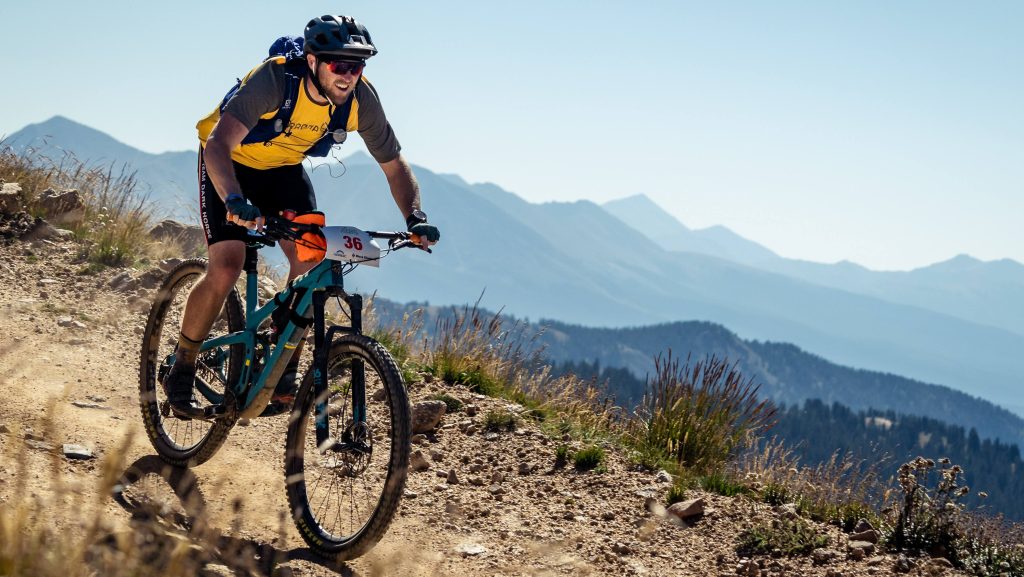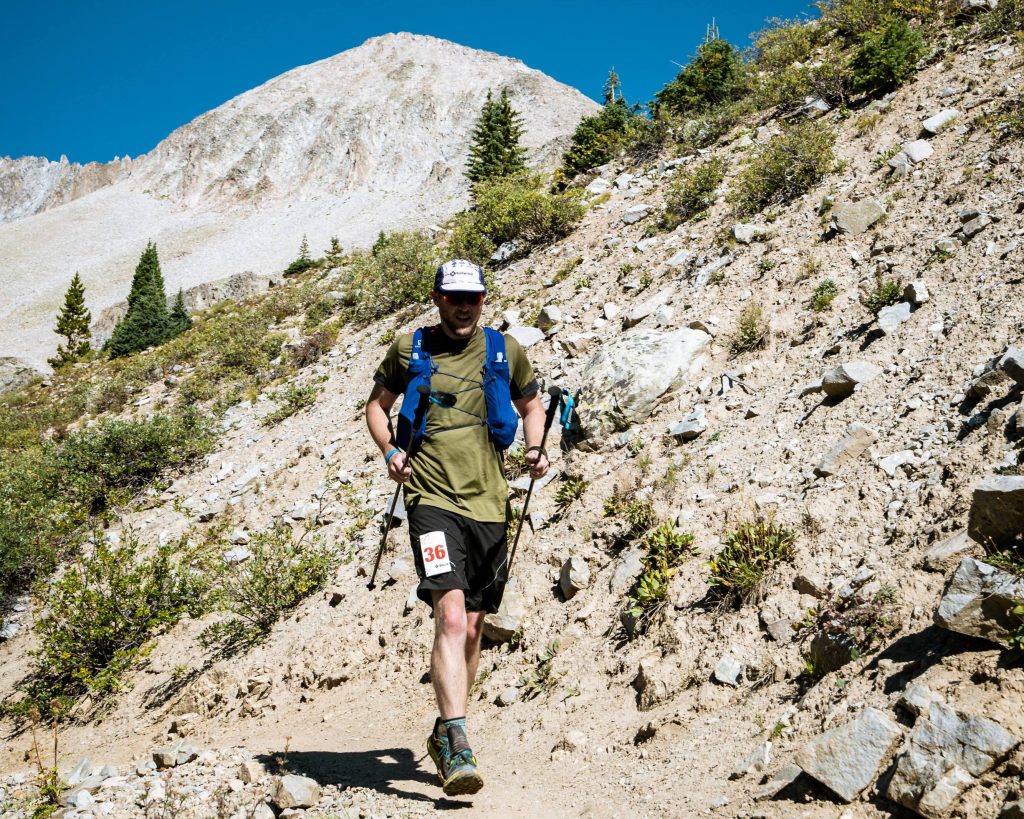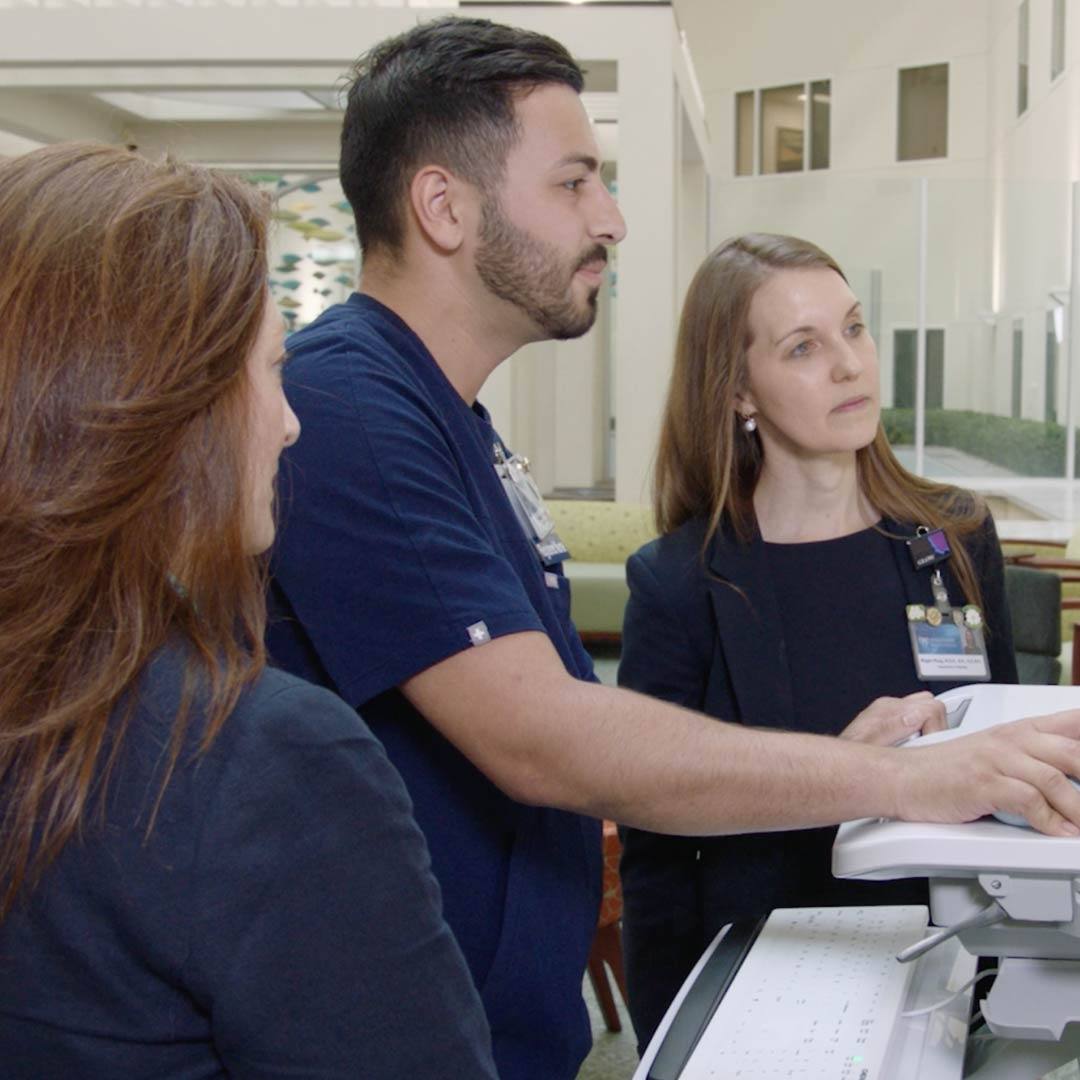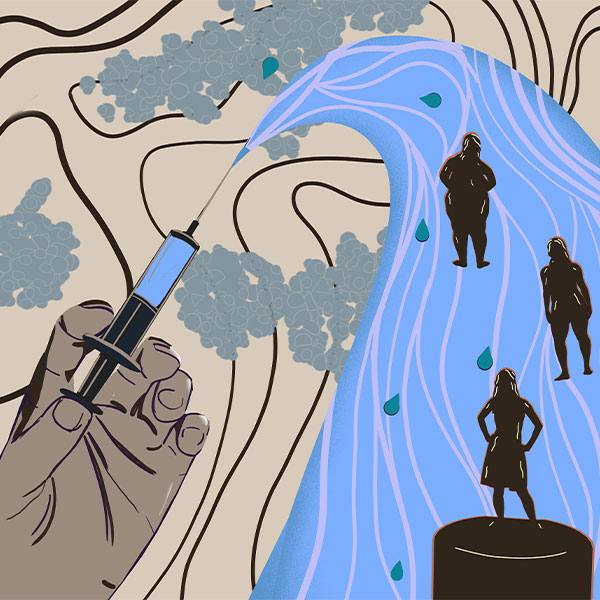
Wayne Clark grew up on a horse farm in New Paltz, New York. In seventh grade, he started cross-country running and Nordic skiing. Sports defined his life. He was good at them and loved being active.
Then came the pain in both hips – something that would shift his plans for his life.
The pain got worse over time, especially during the running season. He saw several doctors.
He was diagnosed with hip dysplasia, a deformity in the curved part of the pelvis that forms the socket of the hip joint. Doctors told Wayne, then in ninth grade, that he needed to stop running immediately. He could still ski, however.
He says this news was hard to hear for someone whose identity was wrapped up in sports. Reluctantly, he quit running for his sports teams and switched to dryland training of roller skiing, cycling and hiking. He logged 400 to 500 hours a year while training solo most of the time.
"I was in pretty severe pain, but I would push through it," Wayne says. "I found out that ice was always beneficial."
In 2009, Wayne won a Division I scholarship to cross-country ski for the University of Wisconsin—Green Bay. He majored in history and minored in coaching and education. In his junior year, he began coaching younger athletes in the community. He enjoyed this work, even though he could feel it in his hips. After races, he'd sit in snowbanks in below-zero temperatures to ease the pain.
When that pain became unbearable, Wayne came to Mayo Clinic and saw Rafael Sierra, M.D., an orthopedic surgeon. Dr. Sierra performed a periacetabular osteotomy (PAO) on both of Wayne's hips – the first the in fall of 2012 and the second a few months later. Dr. Sierra cut the bones around the acetabulum and realigned Wayne's hip joints to improve the loads on the joints. Mayo Clinic has been performing this procedure since 1992.
"This is a big operation and only half of the patients are able to get back to the previous level of activity with one PAO," Dr. Sierra says.
After surgery, Wayne made Dr. Sierra a promise. Wayne yearned to be active again and told the surgeon he would be his first double-PAO patient to complete a marathon.
Before he could think about running again, Wayne had to let his body recover. He went from training 20 hours a week and competing at a DI level to an abrupt stop. After the second surgery, he had to learn how to walk again.
"I had to deal with depression," Wayne says. "I was so used to training hard. Now I was having to start all over. It was tough mentally."

But Wayne persevered and eventually resumed his sports. He moved to Boulder, Colorado, in 2014 and did backcountry skiing, cycling, running and adventuring. Three years ago, he moved to Telluride, Colorado, where he teaches and coaches at the high school. He began eyeing ultramarathon-length races.
In retrospect, Wayne figures that Dr. Sierra probably had other PAO patients complete a marathon after surgery. But he may be Dr. Sierra's first PAO patient to complete a 40-mile race with a 7,000-foot vertical gain in the mountains of Colorado.
Wayne did that at the 2022 Grand Traverse Triple Crown, a three-race series between Crested Butte, Colorado, and Aspen, Colorado. The ski mountaineering segment in April took him 11 hours, 10 minutes. He completed the other two segments on Labor Day weekend. The running leg, from Crested Butte to Aspen, was a 40-mile race with 7,000 feet of vertical gain. That took him 9 hours, 15 minutes.
"After running the farthest distance of my life the day before (in the running leg), I was pretty worked," Wayne says. "The bike leg became one of the toughest days."
The final leg – on mountain bikes from Aspen to Crested Butte – took 6 hours, 39 minutes, with 8,700 feet vertical gain.
After the race, Wayne was resting and hanging out with his parents, who had come to watch the race. Then he got a huge surprise: He had placed third, with a combined time of 27 hours, 3 minutes.
"The fact that he was able to reach such a high level of activity with two PAOs is remarkable," Dr. Sierra says.
Wayne says his medical journey amid his athletic pursuits changed his outlook on life.
"If can endure the mental side of it, my body can respond," Wayne says. "It's hard to explain how emotional the run was. I was on top of this knoll when I stopped for a few minutes to take it in. For years, I had been told that this was something I'd never be able to do."
A few months ago, Wayne, now 32, wrote Dr. Sierra and mentioned his future goals: a 50-miler and a 100-miler.







